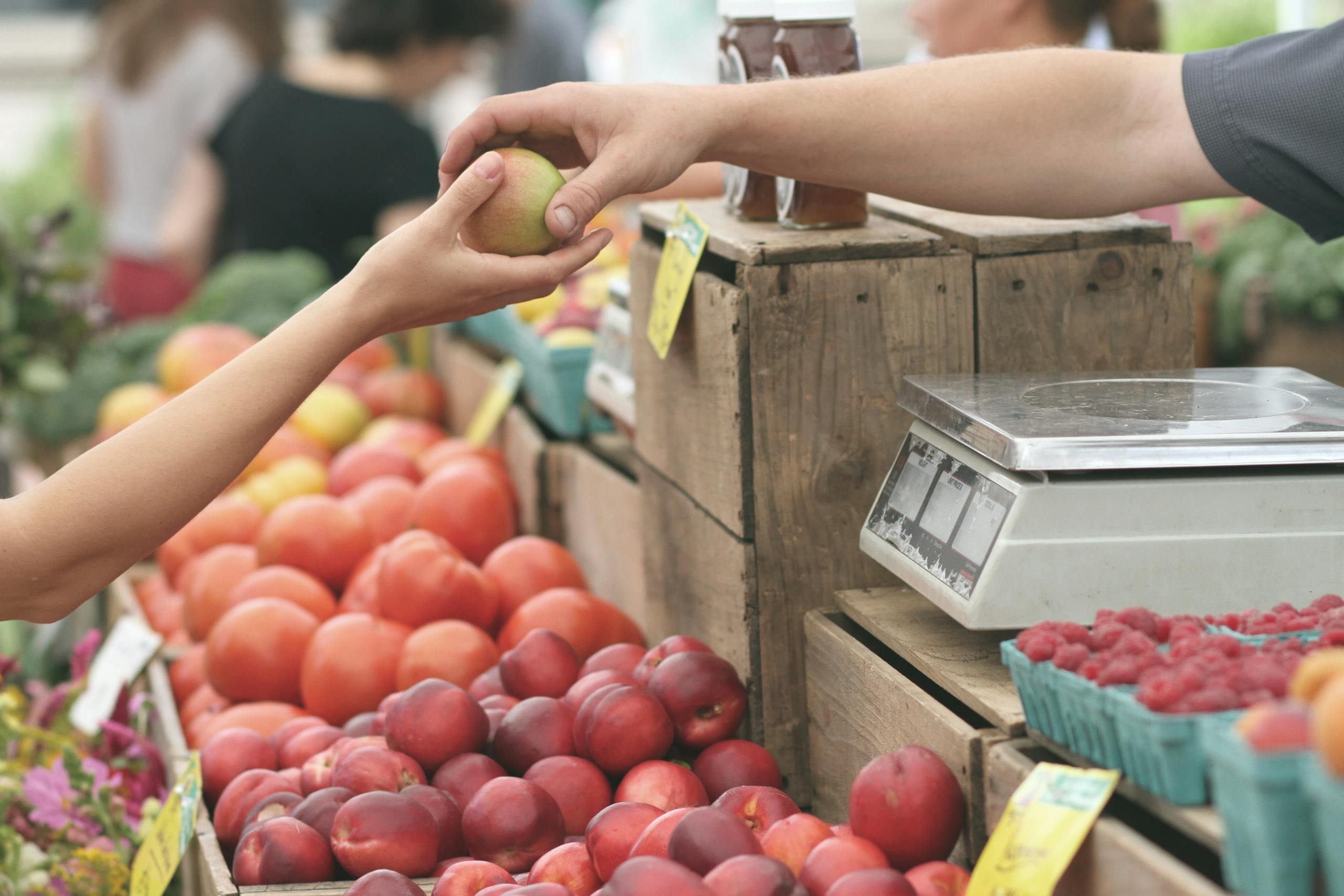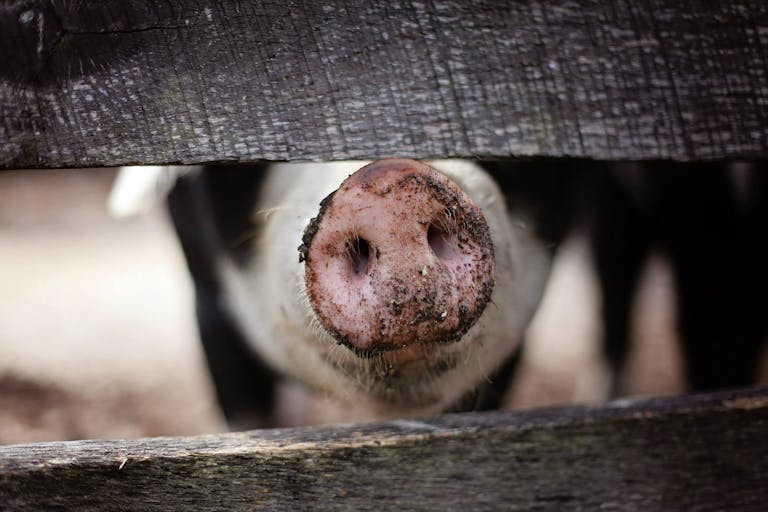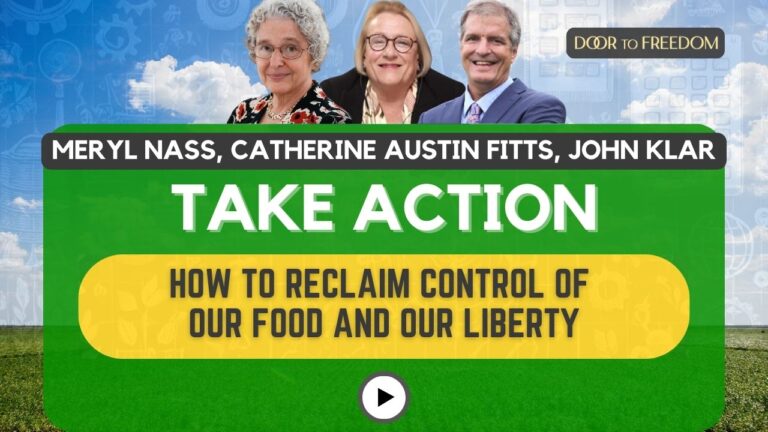In the United States federal government, food is regulated by the USDA and the FDA. The FDA is a department within HHS. This chart outlines the split of responsibilities, which leads to all food types being partially regulated by both departments.
FDA and USDA Jurisdiction by Food
Meat
USDA – amenable species (i.e., cattle, hogs, sheep, goats and equine) processing where an inspector must be present for slaughtering and processing
FDA – non- amenable species (e.g., rabbits, bison, moose, deer, elk)
Poultry
USDA – all domesticated birds (e.g., chickens, turkeys. ducks, emus, ostriches)
FDA – wild turkeys, wild ducks, wild geese — it’s illegal to sell meat from wild game; so, this would be for consumption by the hunter, the hunters, family, and non-paying guests.
Products with Meat as an ingredient
USDA – products with more than 3% raw meat; or 2% or more cooked meat or other portions of the carcass; or 30% or more fat, tallow or meat extract, alone or in combination.
FDA – when product contains less meat than designated for USDA
Products with Poultry as an ingredient
USDA – products with 2% or more cooked poultry; or more than 10% poultry, giblets, fats; and poultry meat in any combination.
FDA – when product contains less poultry than designated for USDA
Eggs
USDA – egg products, such as dried, frozen or liquid eggs. Regulates a product processing plants, such as plants that break and pasteurize eggs.
FDA – shell eggs of domestic chickens, turkeys, ducks, geese, or guineas. Regulates egg processing plants such as plants that wash, sort, and pack eggs.
Seafood
USDA – catfish
FDA – all other fish and shellfish
Produce
USDA – administers voluntary grading standards for raw fruits and vegetables
FDA – regulates raw fruits and vegetables and processed vegetable products
Dairy
FDA regulates it but USDA is responsible for grading








